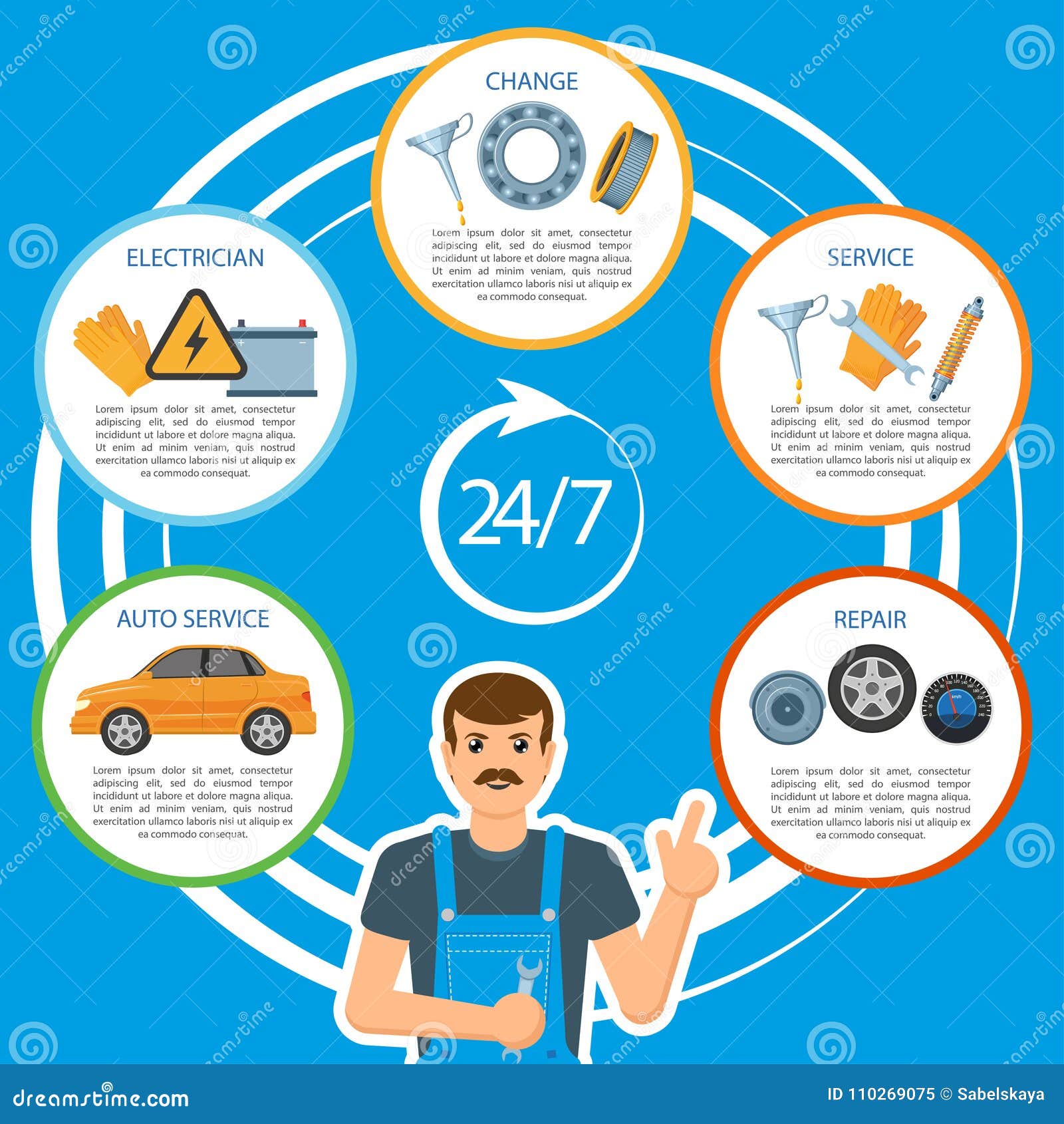Understanding The Significance Behind Your Lorry'S Warning Lighting: A Thorough Appearance
Understanding The Significance Behind Your Lorry'S Warning Lighting: A Thorough Appearance
Blog Article
Composed By- https://quickoilchangenearme05059.myparisblog.com/32629720/how-to-select-the-right-cars-and-truck-describing-solution-for-your-requirements
When you're behind the wheel, those radiant warning lights on your control panel can be a little bit puzzling. Do https://brakepads74061.buyoutblog.com/32142651/the-convenience-of-mobile-cars-and-truck-describing-transforms-your-lorry-s-appearance-yet-is-it-as-reliable-as-standard-methods-discover-the-fact-behind-this-service understand what they're trying to inform you regarding your car's health? Recognizing https://www.moneytalksnews.com/5-tips-to-make-money-management-fun/ of these lights is vital for your safety and security and the long life of your car. So, the following time one of those lights turns up, wouldn't you intend to decipher its message accurately and take the necessary actions to resolve it?
Common Warning Lighting and Interpretations
Recognize usual warning lights in your car and understand their significances to make sure safe driving.
One of the most common warning lights include the check engine light, which indicates problems with the engine or emissions system. If this light comes on, it's crucial to have your lorry inspected immediately.
The oil pressure warning light indicates low oil pressure, needing immediate focus to prevent engine damages.
A blinking battery light may recommend a damaged charging system, possibly leaving you stranded otherwise resolved.
The tire stress surveillance system (TPMS) light informs you to low tire stress, impacting automobile stability and gas performance. Ignoring this can lead to dangerous driving conditions.
The ABS light shows a problem with the anti-lock stopping system, jeopardizing your ability to stop quickly in emergency situations.
Finally, the coolant temperature cautioning light warns of engine getting too hot, which can cause serious damage if not settled quickly.
Comprehending these common warning lights will certainly aid you attend to issues immediately and preserve safe driving problems.
Relevance of Prompt Focus
Understanding the usual warning lights in your vehicle is just the first step; the significance of quickly dealing with these warnings can't be emphasized sufficient to ensure your safety and security when driving.
When a warning light brightens on your dashboard, it's your automobile's means of communicating a potential problem that needs attention. Ignoring these cautions can result in much more severe issues in the future, compromising your safety and potentially costing you much more out of commission.
Trigger interest to advising lights can prevent malfunctions and crashes. For instance, a flashing check engine light might indicate a misfire that, if left neglected, can create damage to the catalytic converter. Addressing this immediately can save you from a pricey repair service.
Similarly, https://brakeshops84051.blogacep.com/37321306/mobile-vehicle-outlining-enhancing-your-automobile-s-appearance-on-the-go cautioning light may indicate low brake fluid or used brake pads, essential parts for your safety when driving.
Do It Yourself Troubleshooting Tips
If you notice a warning light on your dashboard, there are a few do it yourself troubleshooting tips you can try prior to looking for expert help.
The first step is to consult your cars and truck's guidebook to understand what the specific caution light suggests. Sometimes the problem can be as straightforward as a loosened gas cap activating the check engine light. Tightening up the gas cap may resolve the issue.
An additional usual issue is a low battery, which can trigger numerous cautioning lights. Examining the battery links for corrosion and ensuring they're protected might repair the trouble.
If a caution light lingers, you can try resetting it by disconnecting the vehicle's battery for a few minutes and then reconnecting it. Additionally, inspecting your automobile's liquid degrees, such as oil, coolant, and brake fluid, can assist troubleshoot advising lights associated with these systems.
Conclusion
Finally, recognizing your car's caution lights is vital for keeping your car running efficiently and securely. By immediately attending to these signals and recognizing what they indicate, you can prevent costly fixings and potential failures.
Remember to consult your vehicle's manual for particular details on each warning light and take action accordingly to make sure a trouble-free driving experience.
Remain notified, stay safe on the road!
